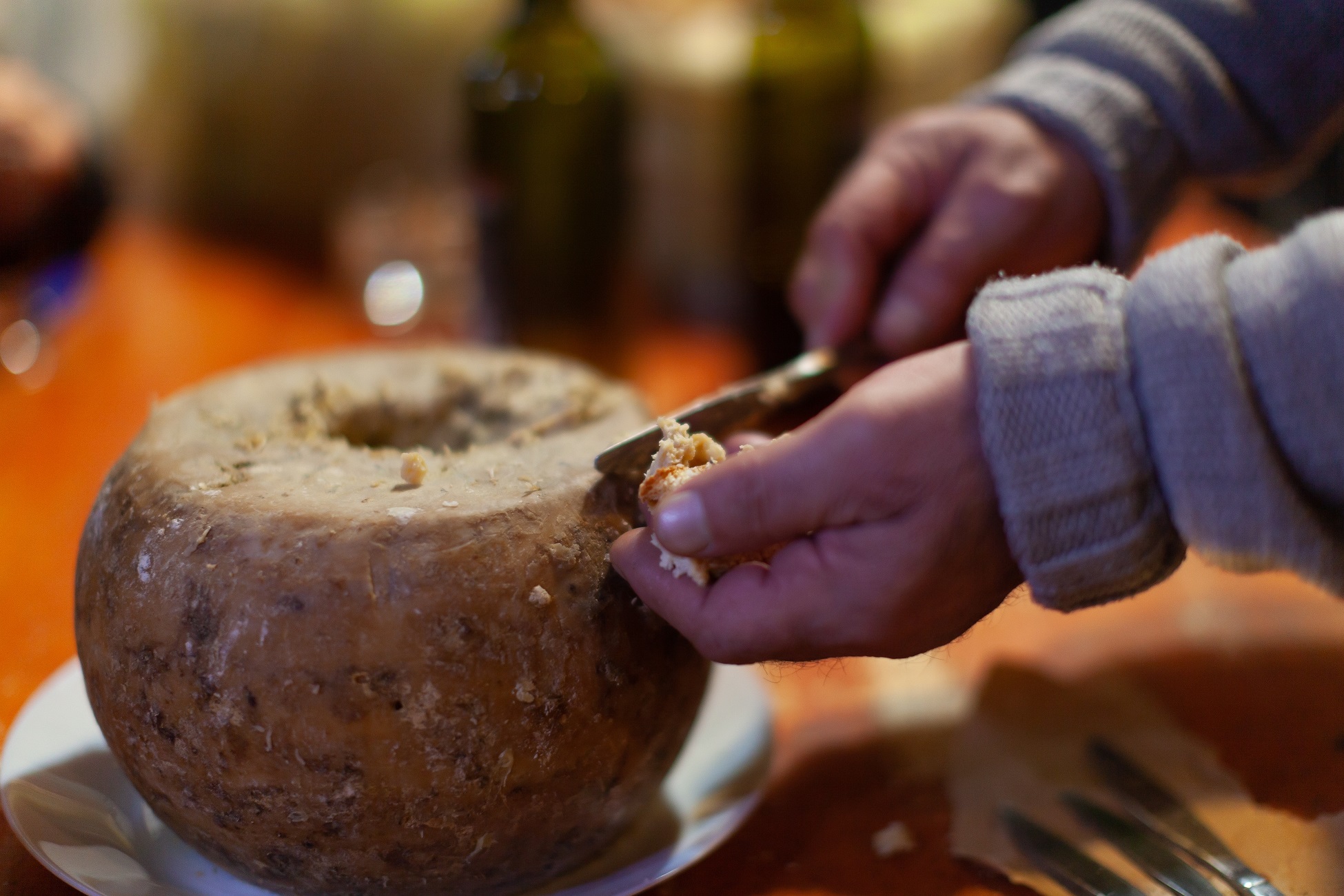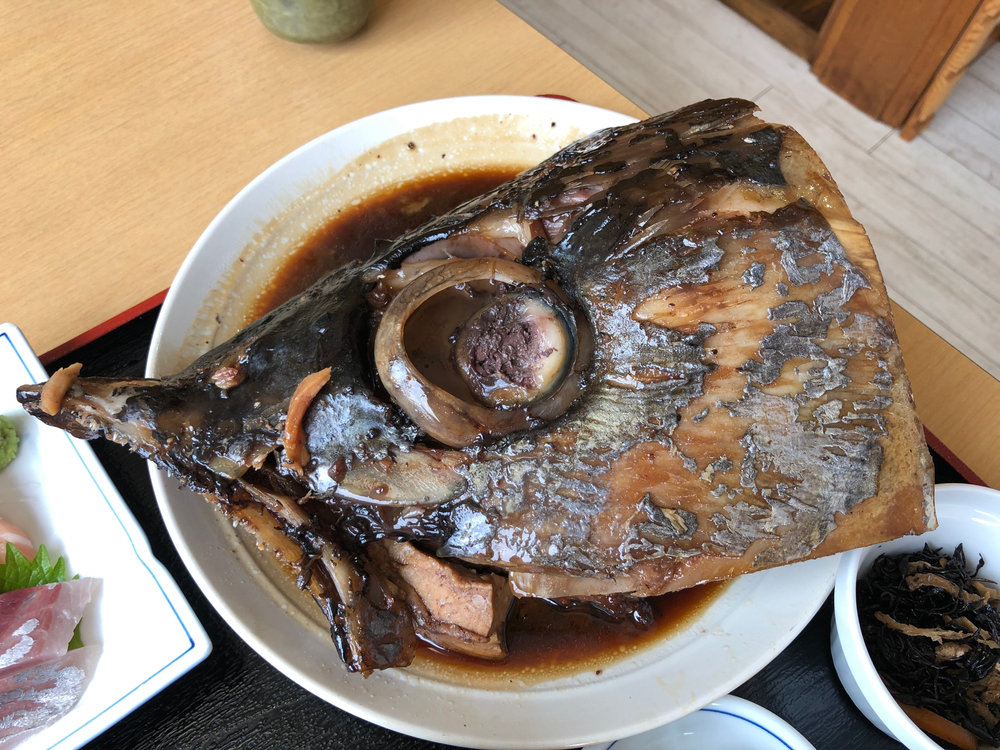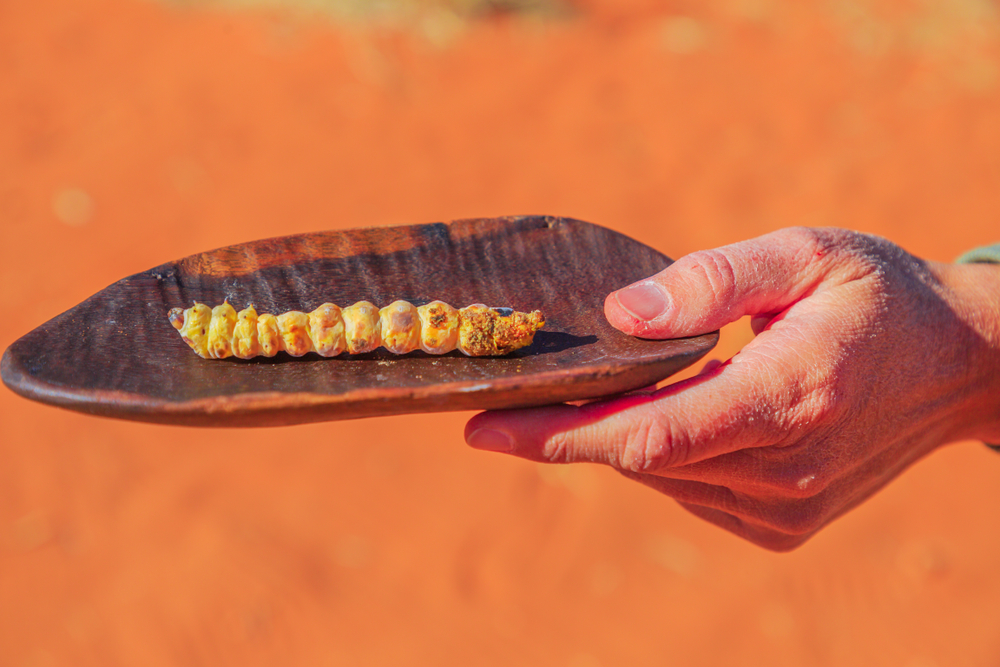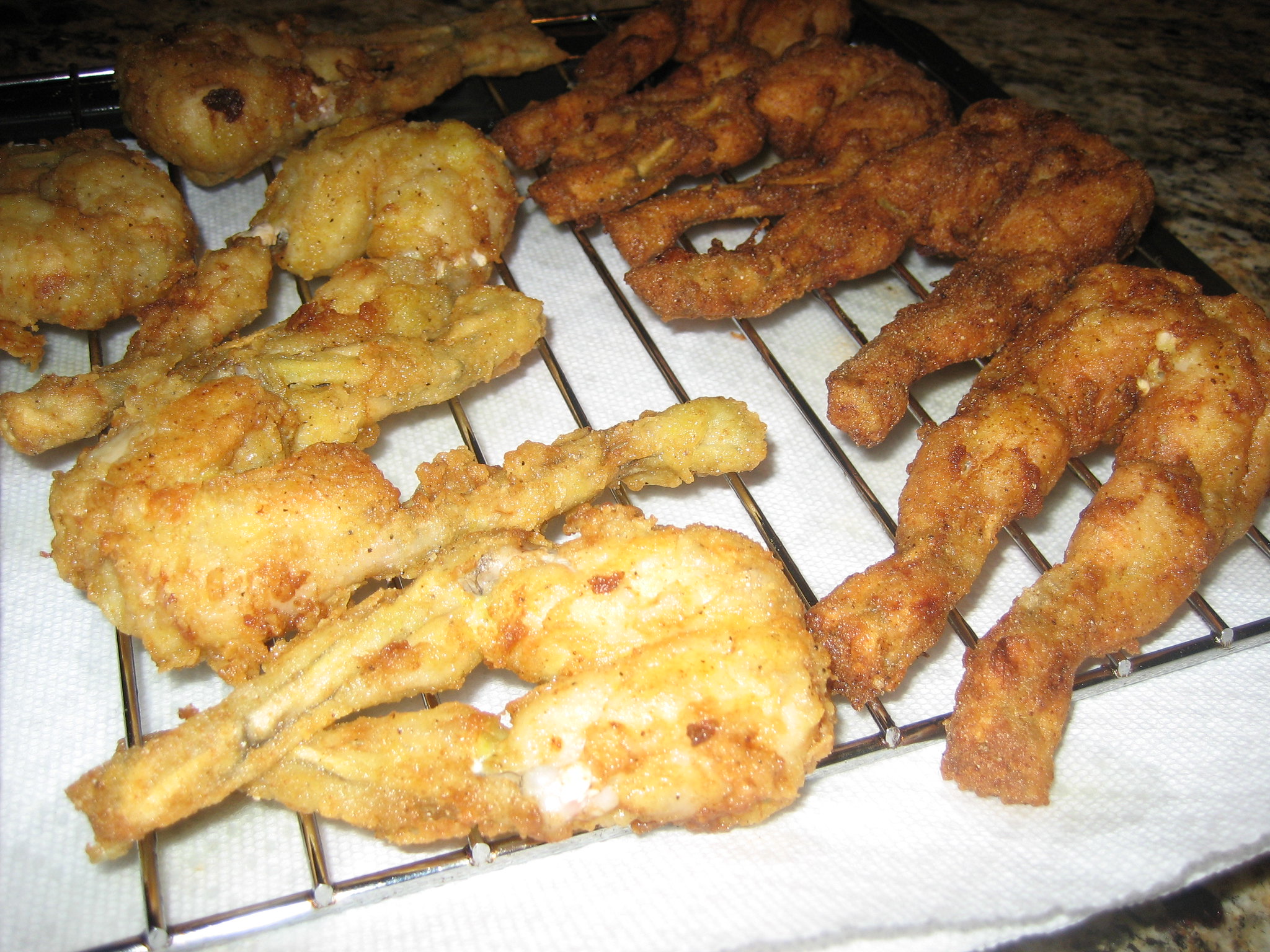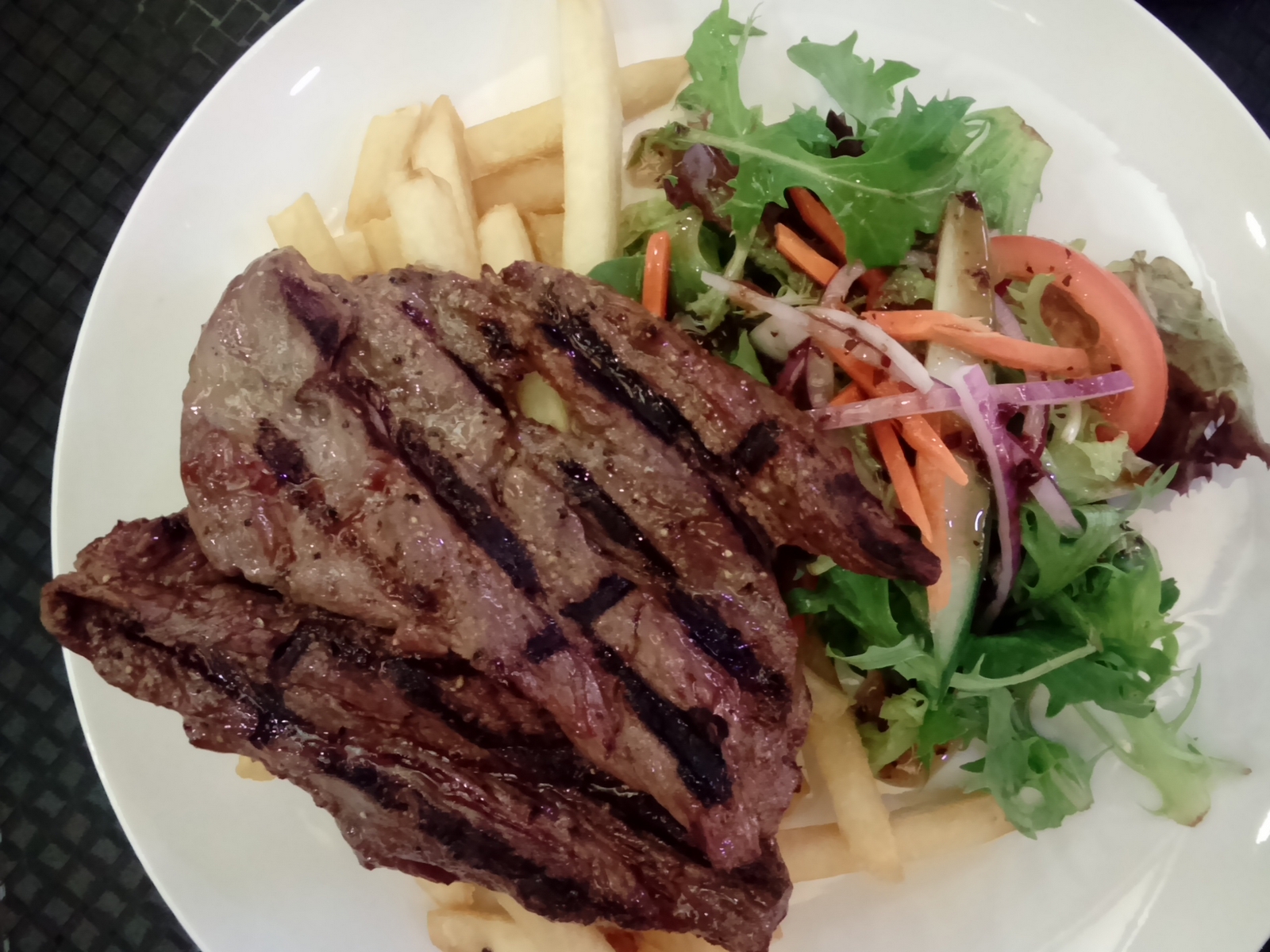Bizarre Dishes Are Everywhere
No matter where you travel, the cuisine can be exciting and new. However, some traditional dishes aren't for the faint of heart. Here are some of the most bizarre foods from around the world.

Stink Bugs
Location: Africa
Now, don't be put off by the stink bug's unfortunate name. Surprisingly, stink bugs are said to taste like apples. They can be used to enhance a stew, or even eaten as is.
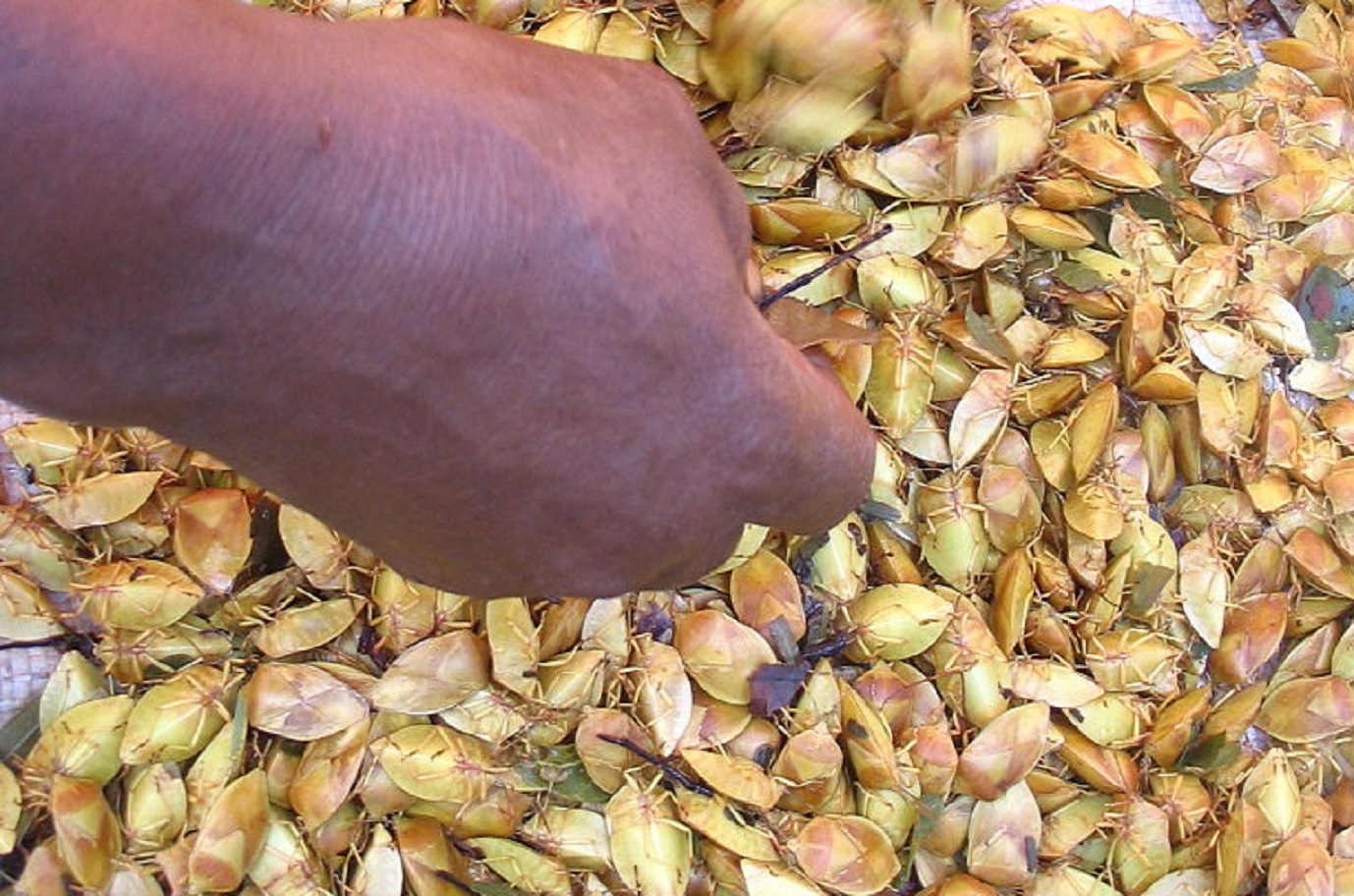 Cathy Dzerefos, CC-BY-SA-3.0, Wikimedia Commons
Cathy Dzerefos, CC-BY-SA-3.0, Wikimedia Commons
Balut
Location: Philippines
In the Philippines, balut is often purchased from street vendors—but for foreigners, the visuals are often too extreme to stomach. The dish is made from an egg containing a duck embryo, which is boiled.
You can still see that tiny bird's body when you dig into your shell.
Cobra Heart
Location: Vietnam
This delicacy is a tad gruesome. The snake's heart is taken out while it's still alive, which is then placed in a shot glass filled with the animal's blood. The worst (or best) part of all? The heart is still beating.
Casu Marzu
Location: Italy
Casu marzu is also called "maggot cheese," and as the name suggests, it is riddled with insect larvae... which are still alive.
Casu Marzu
Supposedly, the larvae in casu marzu are flavor enhancers, but not everyone is ready to chow down on these live wrigglers. Many people opt to kill the larvae before consuming the cheese—usually by putting them in the fridge or smothering them.
Hákarl
Location: Iceland
The process of making Hákarl is pretty intense. It is the rotting remains of a Greenland shark. First, the body is buried in a shallow hole. Next, rocks are placed on top of the shark so that the toxic fluids are drained, making it safe for consumption. But that's not all.
 Pasindhu sandeepa, Shutterstock
Pasindhu sandeepa, Shutterstock
Hákarl
Once the shark's fluids have been drained, the meat is hung up and dried. Finally, after drying, it's sliced into pieces and served up. Trying Hákarl is guaranteed to be an unforgettable experience...
Hákarl
The flavor of Hákarl is not for the faint of heart. It's very fishy and tastes like ammonia. Anthony Bourdain was not a fan of this unique dish, calling it, "the single worst, most disgusting and terrible tasting thing."
 Audrey, CC-BY-2.0, Wikimedia Commons
Audrey, CC-BY-2.0, Wikimedia Commons
Chicken Feet
Location: East Asia, Caribbean, South Africa, South America
Chicken feet are eaten in numerous places, so it's not as bizarre as it may sound. The most unique thing about this food is its rubbery texture. Even the flavor can be quite good depending on its preparation, but eating around the bones can be a nuisance.
Cherry Blossom Meat
Location: Japan
People have very strong feelings about horses, which can make horse meat a controversial topic even though it's eaten in different places around the world.
In this case, cherry blossom meat is raw horse meat. It can be served as nigiri or sashimi.
Haggis
Location: Scotland
To some, the recipe for Haggis might sound shocking. First, mince the heart, lungs, and liver of a sheep. Combine this mixture with onion, suet, and onions. Season it with spices and salt—and cook it inside the sheep's stomach.
Century Egg, 100 Year Old Egg, 1000 Year Old Egg
Location: China
These eggs are not as old as they sound, but they definitely don't look like your typical egg. The preservation process takes months, using a combination of quicklime, ash, and clay.
 denn, CC-BY-SA-2.0, Wikimedia Commons
denn, CC-BY-SA-2.0, Wikimedia Commons
Century Egg, 100 Year Old Egg, 1000 Year Old Egg
This causes the egg white to turn dark brown, while the yolk often changes to a deep green color—even black. Most importantly, the odor changes dramatically, giving off notes of ammonia and sulphur.
 Florian, CC-BY-SA-2.0, Wikimedia Commons
Florian, CC-BY-SA-2.0, Wikimedia Commons
Tripe
Location: Worldwide
Tripe is an animal's stomach lining. It doesn't have much flavor, but for those who've never tried tripe, it might be a step outside their comfort zone.
Tripe
Tripe's honeycomb texture is quite rubbery and chewy, which some people love. It can be eaten in many forms: in soups, covered in sauces, or paired with onions.
Escamol
Location: Mexico
Escamol is also called "insect caviar." Why? Well, it's made of ant pupae and larvae. This delicacy has the texture of cottage cheese and its flavor is said to be nutty and smooth.
Black Pudding Or Blood Sausage
Location: Africa, Americas, Asia, Europe
Black pudding or blood sausage might turn people off because they can't stomach the idea of eating congealed blood. However, there's no denying that blood mixed with breadcrumbs and suet and piped into a sausage skin tastes delicious.
Khash
Location: Middle East, East Europe, Turkey
Khash was a comfort food eaten in colder weather, but these days, it's more of delicacy—stewed cow's head and feet.
Tuna Eyeballs
Location: Japan
Tuna eyeballs are pretty self explanatory. However, although they may sound like an offputting dish, the flavor of tuna eyeballs has been likened to that of octopus or squid.
Spam
Location: United States
Spam is the mystery meat we all know and love. This canned meat is supposedly a mixture of ham, pork shoulder, potato starch—but many of us are left wondering what else could possibly be hiding in there.
Surstromming
Location: Sweden
To prevent this Baltic Sea herring from rotting, it undergoes a fermentation process that uses the perfect amount of salt. Today, it's usually found in cans and preserved in brine. However, it's the odor that sets this tinned fish apart.
Apparently, the smell is so strong, it has to be eaten in the open air.
 Wrote, CC-BY-2.0, Wikimedia Commons
Wrote, CC-BY-2.0, Wikimedia Commons
Shiokara
Location: Japan
Now, this is a raw dish made from sea creature meat. But that's not all. What makes Shiokara so unique is that it's served up in a very salty, fermented paste made of viscera.
Jing Leed (Grasshoppers)
Location: Thailand
Grasshoppers can be a pretty addictive snack when fried up properly. Throw in some salt, pepper, and chilli and you have a dish that kind of tastes like popcorn... with an unexpected juiciness?
Fried Spider
Location: Cambodia
The Cambodian town of Skuon is known for one of its regional delicacies—fried spider. Its preparation certainly sounds appetizing. The spiders are coated in MSG, salt, and sugar, before being fried in garlic.
Fried Spider
Although fried spiders have more meat than grasshoppers, the contents of its abdomen might not sound so appetizing: eggs, viscera, and excrement.
Wasp Crackers
Location: Japan
Wasp crackers are exactly what they sound like...biscuits with wasps baked into them. Imagine a chocolate chip cookie, but instead of delicious chocolate chips, you crunch into insects instead.
 Foodfanatic83, CC-BY-SA-3.0, Wikimedia Commons
Foodfanatic83, CC-BY-SA-3.0, Wikimedia Commons
Marmite or Vegemite
Location: UK, New Zealand & Australia
Marmite is quite a divisive spread that comes from yeast extract. It is a by-producted of beer production. The stuff found at the bottom of the beer barrel? The slurry most breweries dispose of? That's what marmite comes from.
Marmite or Vegemite
In its concentrated form, this brown paste has quite a strong, savoury, salty flavor. Marmite or vegemite is often eaten on toast, or paired with cheese.
Witchetty Grub
Location: Australia
Witchetty grub are sizable, white larvae. In the desert, Indigenous Australians were known to consume this dish regularly. However, there are a few ways to eat witchetty grub.
Witchetty Grub
When eaten uncooked, witchetty grub's nutty flavor is reminiscent of almonds. However, when it's gently cooked, the larvae's skin gets crispy, while its insides remain soft.
Sago Delight
Location: Southeast Asia
Sago grubs are said to be quite delicious... even though they may not look like it. Apparently, they have a creamy texture and flavor when eaten raw. However, if they're cooked, they can actually taste similar to bacon.
Escargot à la Bourguignonne
Location: France
Escargot are cooked snails. They're served in a luxurious sauce of butter, garlic, white wine, and parsley. If you're familiar with clams or mussels, they have a similar texture—though perhaps a tad more rubbery.
 eatingeast, CC-BY-SA-3.0, Wikimedia Commons
eatingeast, CC-BY-SA-3.0, Wikimedia Commons
Beondegi
Location: South Korea
In Korea, you can find beondegi at street vendors. It's a simple dish made of silkworms that have been steamed or boiled, then seasoned. Usually eaten as snack, it reportedly has a woody flavor.
Mopane Worms
Location: Southern Africa
Traditionally, mopane worms are preserved through smoking or drying. When used in cooking, these dried worms are often re-hydrated before being fried up—often with spices and tomatoes.
Pickled Egg
Location: UK
If you're a pickle lover then pickled eggs might be a preserved food worth trying. These hardboiled eggs are preserved in vinegar, and become sour little sponges. People either love them or hate them.
Bird’s Nest Soup
Location: Southeast Asia
Bird's nest soup is a popular, yet controversial delicacy. The swiftlet bird makes its nest out of saliva, which eventually hardens. Bird's nest soup is made using this saliva. However, this dish comes with a risk.
Bird’s Nest Soup
Harvesting these nests is actually quite dangerous as they can be found on high cliffs. Every year, people lose their lives trying to get their hands on them.
Fugu
Location: Japan
Fugu is a delicacy made from pufferfish, which can be poisonous if it's not made properly. That's why the chef preparing the sashimi has to be properly trained. But no matter what, it's still a risk the diner takes.
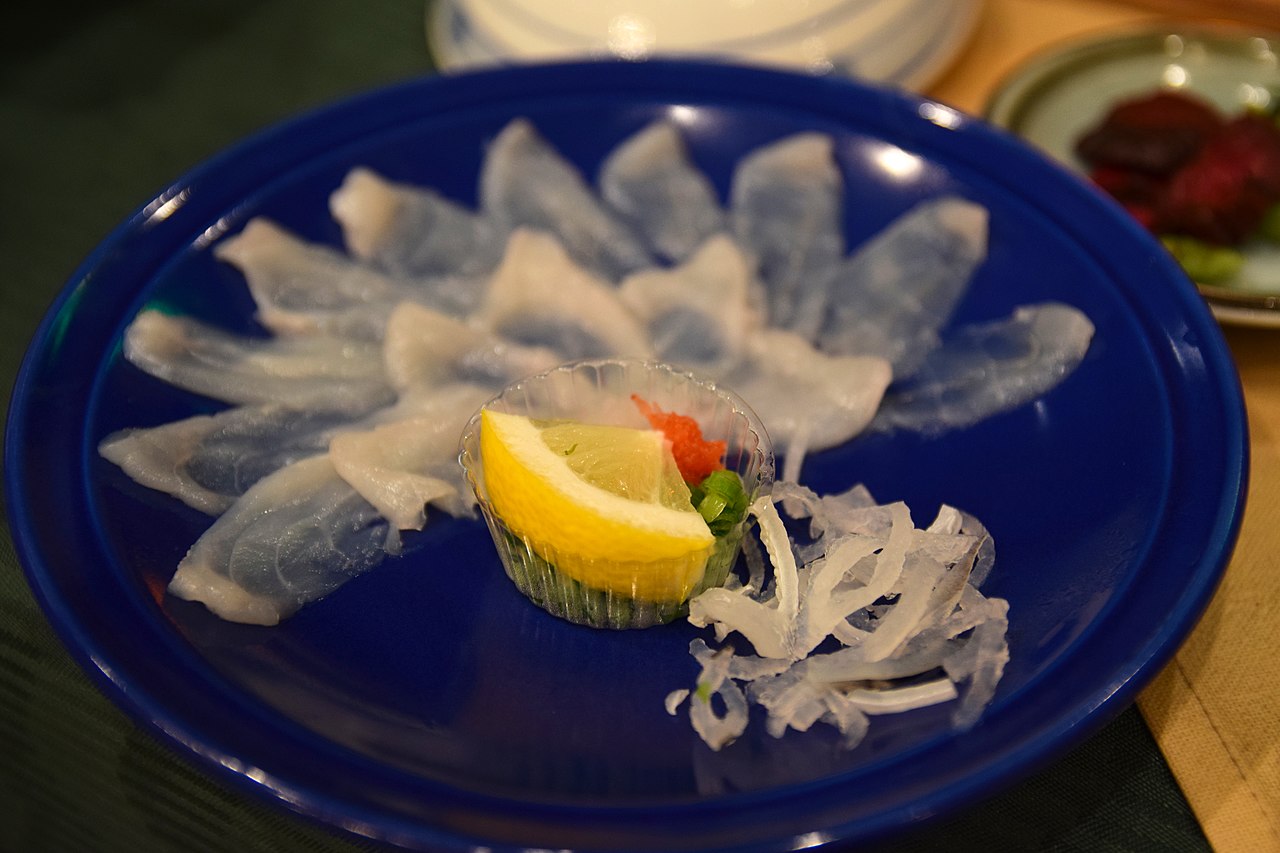 Raita Futo, CC-BY-2.0, Wikimedia Commons
Raita Futo, CC-BY-2.0, Wikimedia Commons
Steak Tartare
Location: France
Not all foreigners are familiar with steak tartare, so although it's a well-known delicacy, some diners don't realize what they've signed up for.
Steak Tartare
Steak tartare is raw ground beef. It's often seasoned with Worcester sauce and served with capers, onions, and a raw egg. You'll most likely pair the meat with some form of carb, like fries or bread.
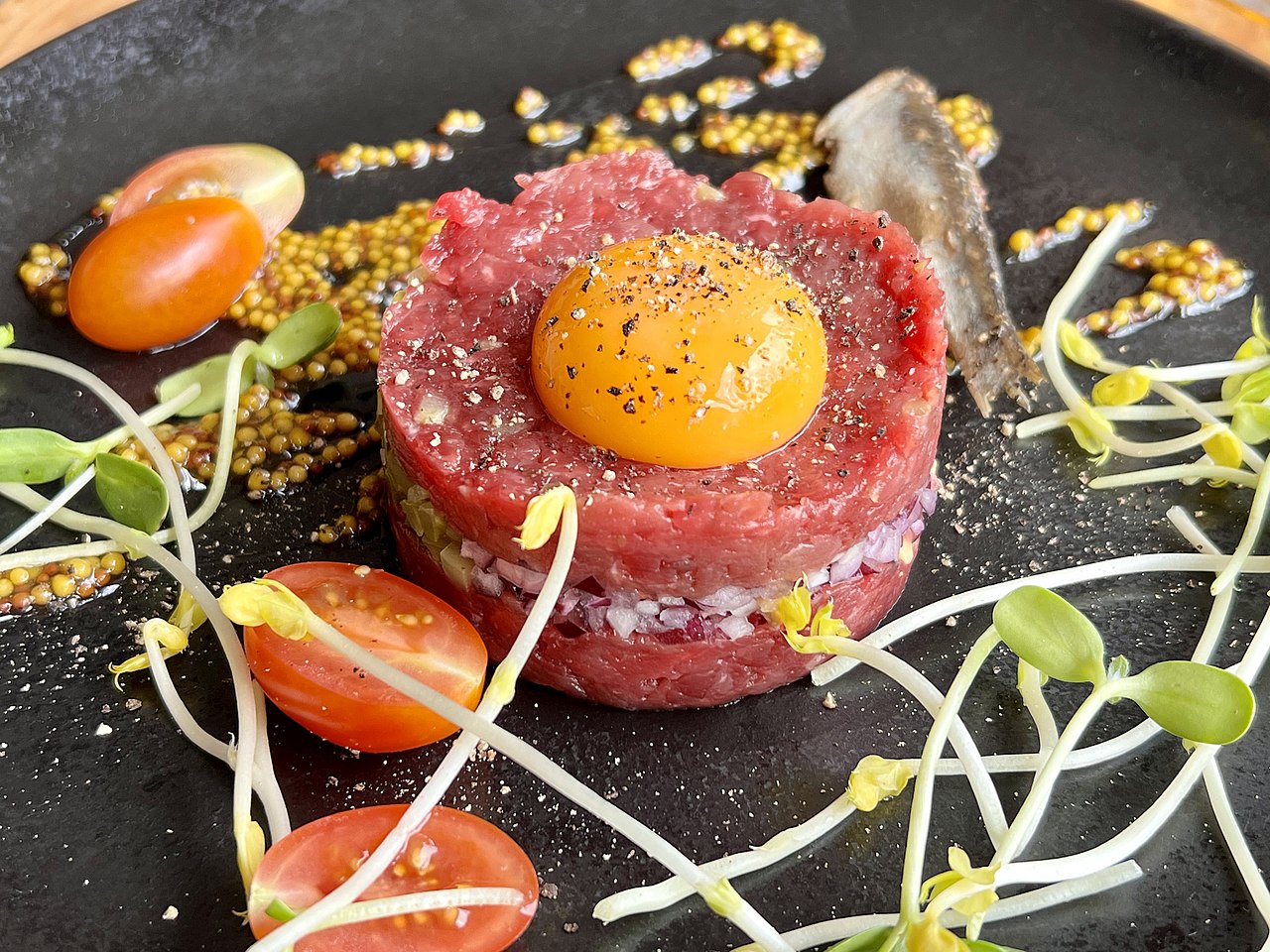 Kgbo, CC-BY-SA-4.0, Wikimedia Commons
Kgbo, CC-BY-SA-4.0, Wikimedia Commons
Frog Legs
Location: France, Southeast Asia
Frog legs are said to taste like chicken and can be prepared in a variety of ways: stewed, baked, grilled, or fried. Depending where you order them, the flavors and pairings will differ.
Kangaroo
Location: Australia
Kangaroo has been a popular dish throughout history for Indigenous Australians. It's a healthy option due to its high protein and low fat content. This gamey meat can be prepared like any other—made into burger patties, piped into sausages, or grilled up as steaks.
Kangaroo
That said, there are animal groups that protest the consumption of kangaroo meat. Ecologists, on the other hand, have a compelling argument to make. They claim that farming animals native to the land would be better for the environment.
Southern Fried Rattlesnake
Location: United States
Does fried rattlesnake taste good? Well, according to the folks from the Southwestern US, yes. First, the snake meat is boiled off the bones. That meat is then soaked in an egg mixture before being coated in a mixture of flour, breadcrumbs, and seasonings. Finally, it's deep fried and served up.





